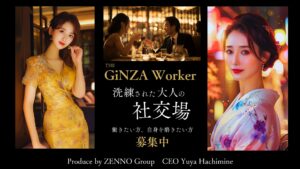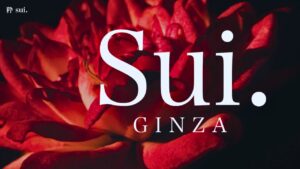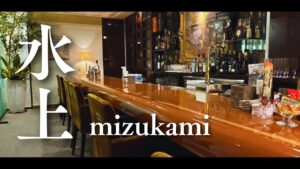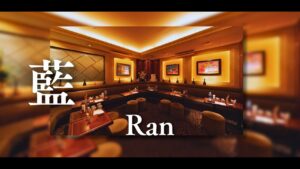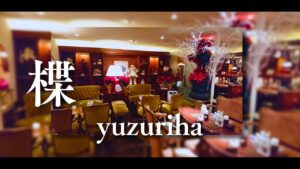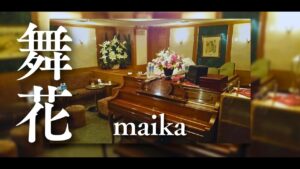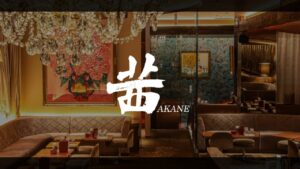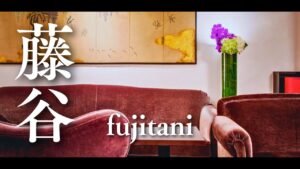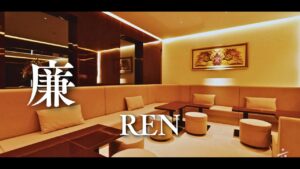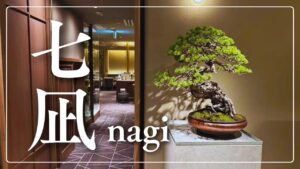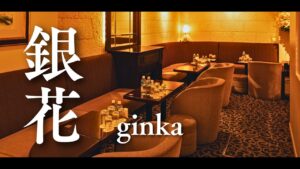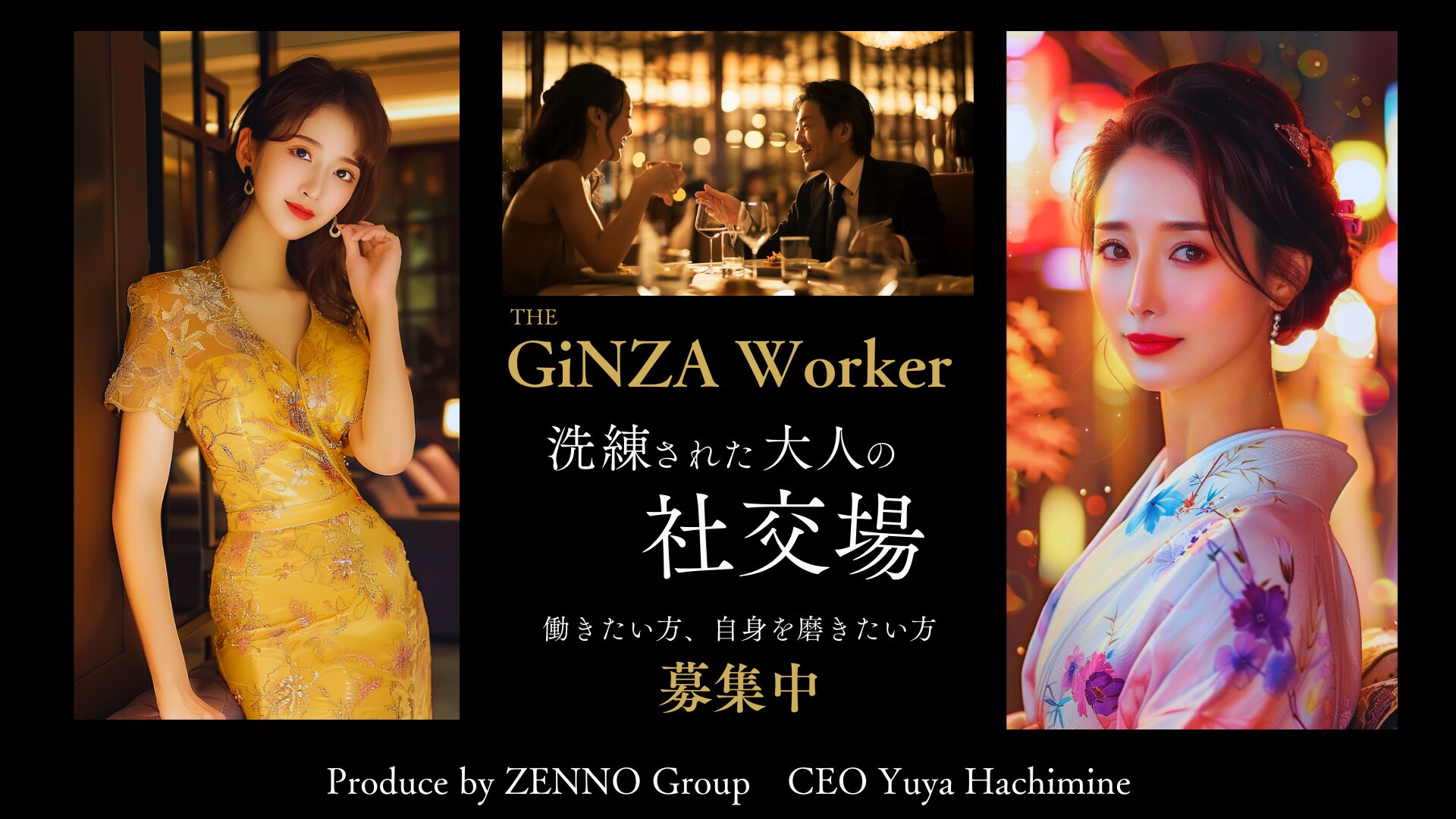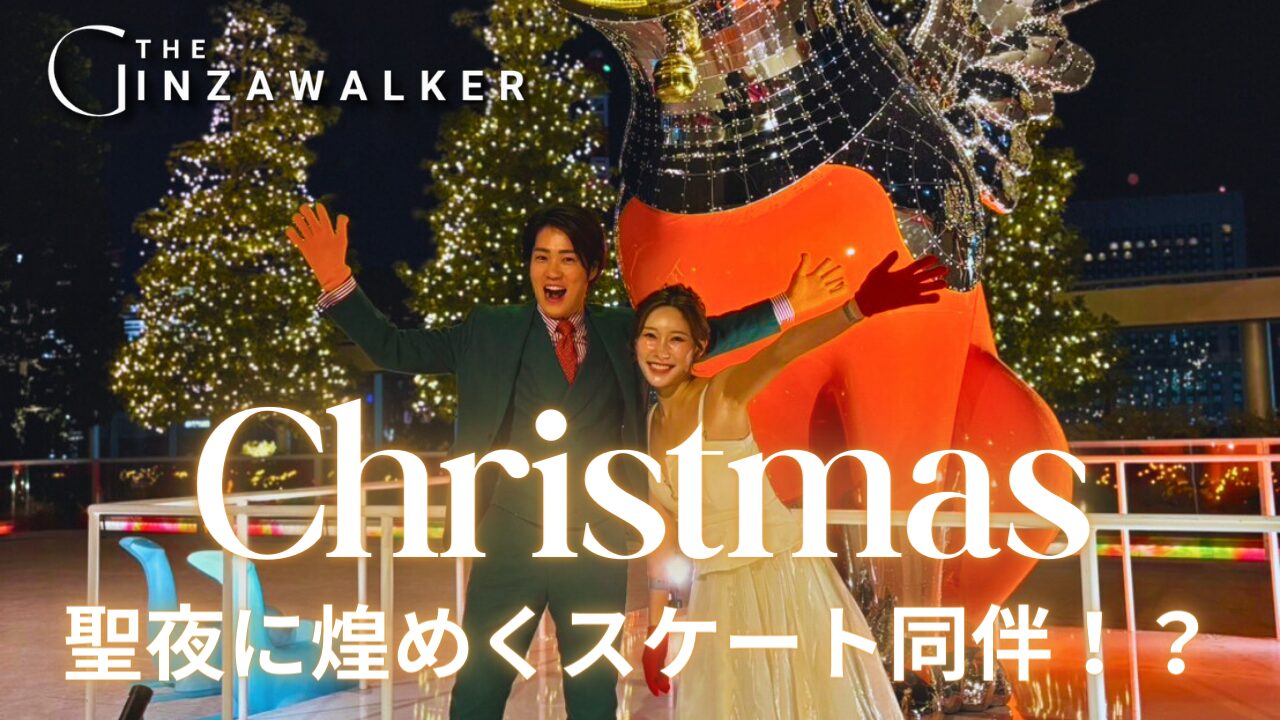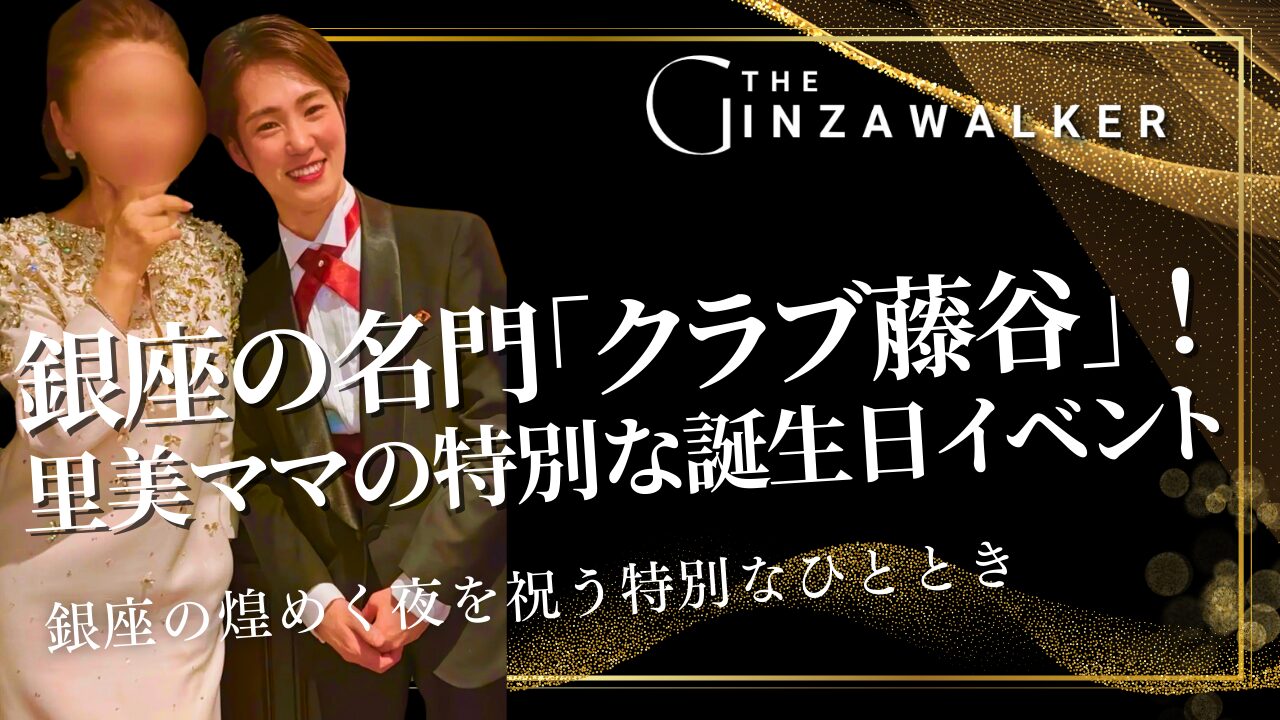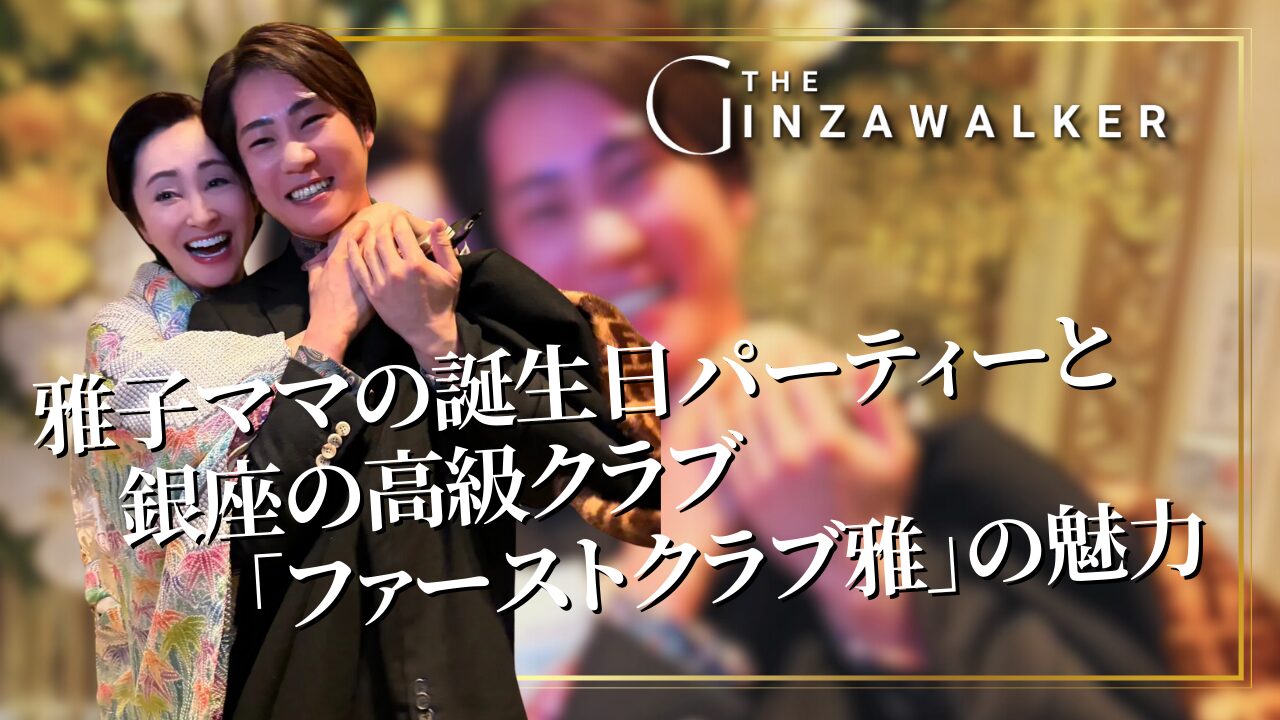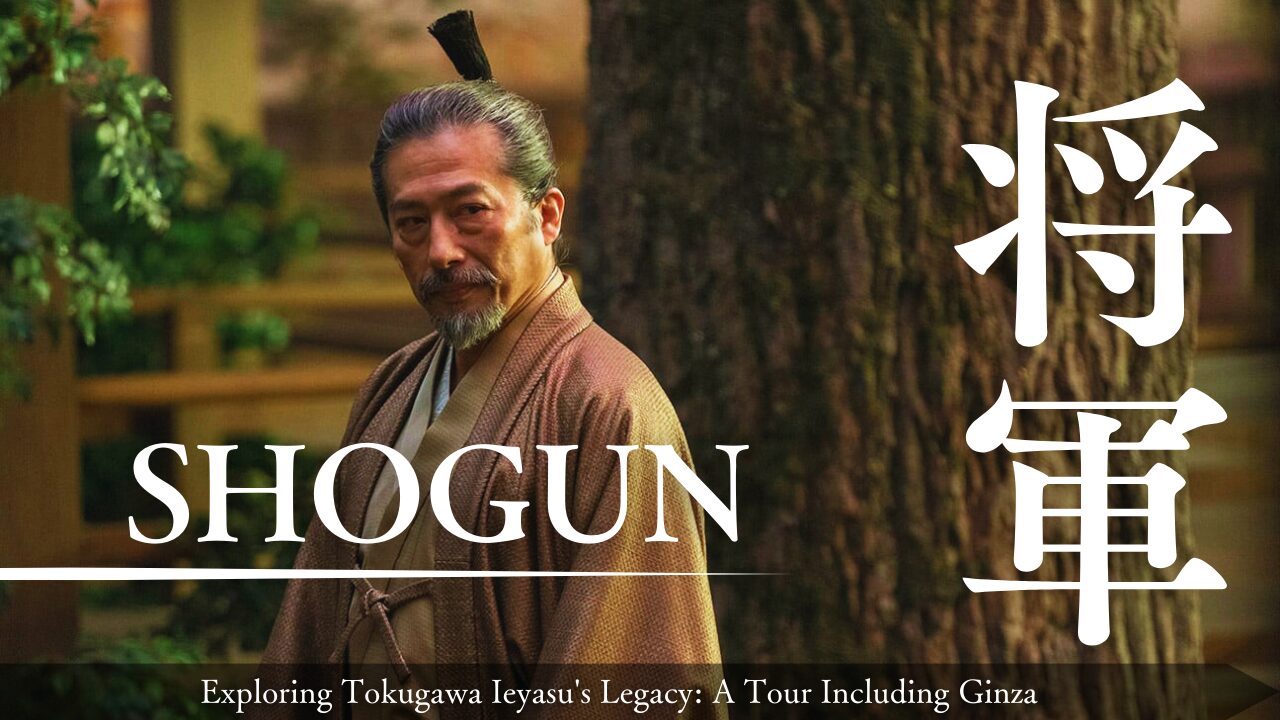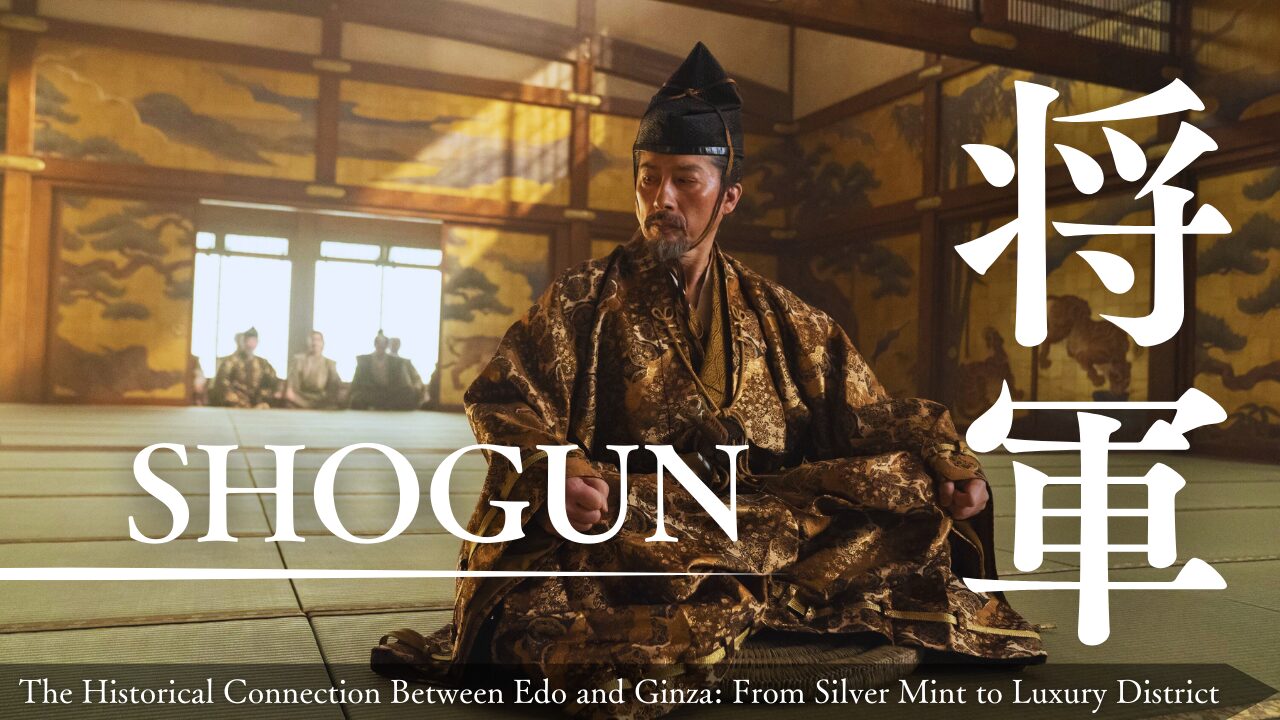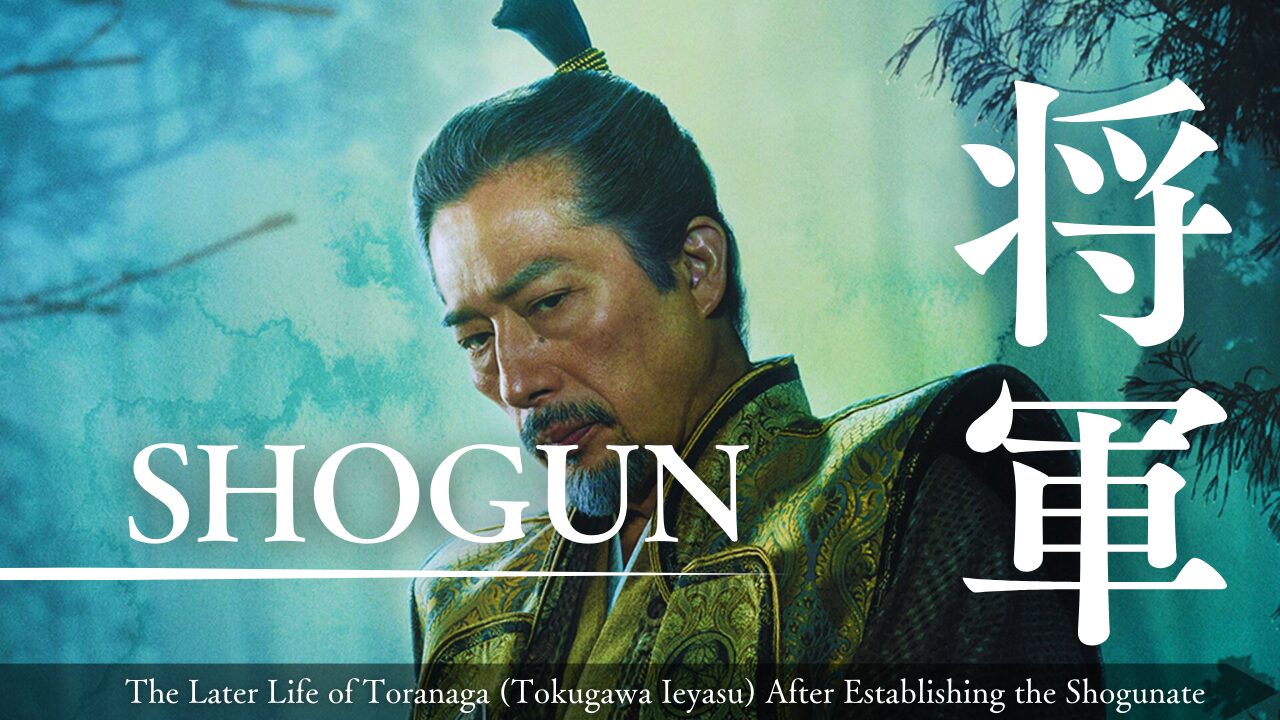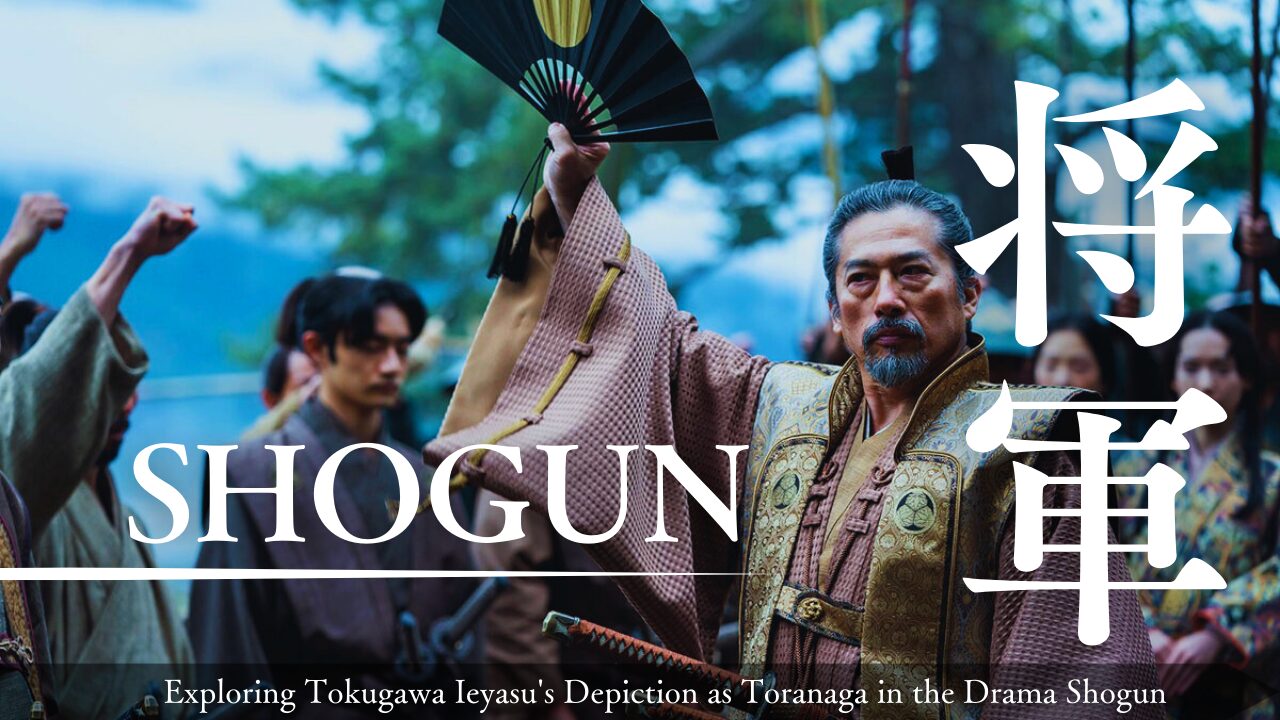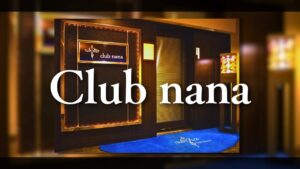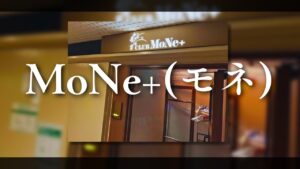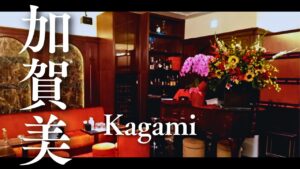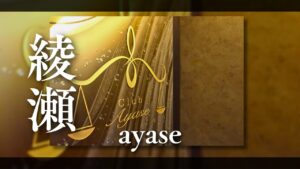![Secrets of special kimonos and hair ornaments worn by Ginza hostesses in the New Year [Latest edition in 2025].](https://ginza-zennogroup.com/world/wp-content/uploads/2025/01/9.jpg)
Ginza's exclusive club culture has a unique tradition that combines glamour and prestige. Among these, the New Year's attire of hostesses is particularly special. This article details the selection of kimonos and hair ornaments that hostesses wear for the New Year, the culture behind them, and the crowded dressing room situation. With figures and data, we delve deeper into the fascination.
What this article will tell you
- Why do Ginza hostesses wear kimonos in the New Year?
- Kimono Selection and the Secrets of Traditional Ginza Shades
- Why Kimono Shops Are Crowded in the New Year and What to Do About It
- The deep meaning of the dove and ear of rice kanzashi
- Cultural Background Introduced from Kyoto's Hanamachi to Ginza
- Price quotes for dressers selected by Ginza hostesses
- What are the "special customers" of hostesses seen in Ginza in the New Year?
- Ginza in the New Year with data related to hostesses' kimono attire
- Kimono culture in Ginza that even tourists can experience
- Information on events for a deeper understanding of Ginza culture in the New Year
Table of Contents
Characteristics of Kimono and Hair Ornaments: Symbol of Ginza in the New Year
Kimono Selection and Features

In Ginza on New Year's, hostesses wear special kimonos. They have the following characteristics.
Types of Kimono and How to Choose
| Types of Kimono | feature |
|---|---|
| black formal kimono with designs along the bottom of the skirt worn by married women on ceremonial occasions | A prestigious attire worn by aged hostesses and mothers. It is known as formal attire for married women. |
| semi-formal kimono for women | Popular with people of all ages. As semi-formal attire, it creates a festive atmosphere suitable for New Year's sales. |
| long-sleeved kimono | An unmarried woman's attire worn by young hostesses. Bright colors and bold patterns enhance the atmosphere of the New Year. |
How to choose patterns and colors
Patterns and colors appropriate for the New Year are chosen.
- stalk (of a mushroom, leaf, etc.): Mostly auspicious items such as pine, bamboo, plum, treasure, and phoenix.
- variety: Gorgeous and elegant colors such as red, gold, and black are preferred.
Characteristics of hair ornaments (kanzashi)
A special hair ornament is an essential part of the New Year's hostess attire in Ginza. The "kanzashi (hairpin with ears of rice)" is particularly symbolic.

| hair ornaments | Features and Meaning |
|---|---|
| Earl of rice earring hairpin | It symbolizes a good harvest and prosperous business. Ears of rice are decorated with "doves" and "cranes" and are considered lucky charms. |
| Dove decorations | It is characterized by the fact that the dove's eyes are not drawn, and the "eyes in" symbolize success in life and a special bond. |
Dressing and Preparation: Crowded Conditions at Dressing Shops
Background and reasons for congestion
On the first day of business in the New Year, kimono shops and beauty salons are extremely crowded. The following reasons are given

- Concentration of demand: Hostesses wearing kimonos and hair ornaments request dressing and hair sets at the same time.
- Difference in treatment time depending on the type of kimono: Black tomesode and furisode are highly prestigious and can take from 40 minutes to an hour and a half to dress.
- Combined with haircuts: styles such as evening curls take 30-45 minutes, and the entire process takes longer.
Usage and price quotes for kimono dressing shops
| (data) item | Details |
|---|---|
| peak period | Afternoon 15:00-17:00 |
| Dressing Fee Rates | 5,000-8,000 yen (dressing only) |
| Dressing + Hair Set | 10,000-15,000 yen |
| Additional early morning fee | +2,000 to 3,000 yen |
Crowding control and smooth preparation
- Advance Reservations: It is essential to secure reservations several weeks in advance to avoid missed appointments.
- Check the preparations: prepare the kimono, obi, and accessories in advance.
- Scheduling: Allocating time well in advance is key.
Data Analysis of Ginza Culture in the New Year
| data | Contents |
|---|---|
| Kimono Wear Rate | Approx. 95% |
| Inaho Kanzashi Wear Rate | Approx. 85% |
| Number of users of kimono dressing shops | Average 300-400 people per day |
| Reservation rate (peak hour) | 100% (advance reservation required) |
Symbol of Ginza New Year Culture: The Deep Meaning of Hostess Dress
The New Year's attire of Ginza hostesses is not just glamorous, but has a deeper meaning as follows.
- Wishes for prosperous business: The ear of rice and dove decorations serve as a test of luck for business success.
- Symbols of tradition and prestige: The choice of black tomesode and furisode embodies Ginza's culture.
- Customer bonding: The act of pigeonholing represents a relationship of trust with a special customer.
Summary
Ginza hostesses' New Year's attire is both formal and glamorous. In addition to kimonos such as kuro-tomesode and furisode, special hair ornaments such as kanzashi (hairpin with an ear of rice) are important items to welcome the New Year. Furthermore, the crowded conditions and background of kimono dressing and beauty salons also symbolize the unique culture of Ginza.
Ginza New Year in Data
| element (e.g. in array, in programming, in programming) | Contents |
|---|---|
| Average dressing time | 90 minutes |
| Request to have pigeon eyes painted. | Average 15-20 cases/club |
| Kimono Wear Rate on First Day of Business in the New Year | 95% |
When you visit Ginza in the New Year, be sure to experience the hostesses' attire and the depth of the culture behind it.
Here is an addendum from the author. ZENNO GROUP Inc. proposes innovative planning and production that has never been done before.
Together, we aim for success by providing creative ideas that exceed our clients' needs for events and product promotions.
We are particularly focused on creating unique experiences that are one-of-a-kind and maximize the value of your brand.
We are your partner to turn your ideas into reality. Let's start a new challenge together. We look forward to hearing from you!
Article Supervisor
Yuya Hachimine, CEO

Representative Director of ZENNO GROUP, Inc. known as a leader in the night work industry in Ginza. He worked for 14 years as a black-shirted worker in a high-class club in Ginza, and based on his experience, he provides various services for the industry. In order to improve the inefficient work system, he founded ZENNO GROUP Inc. and has contributed to the development of the industry.
Yuya Hachimine's SNS and related links
- Instagram: @88.hacci.88
- the Focus: Interview with Yuya Hachimine
- Laule'a Publishing The Moon Reading of the Wise Men: A former Ginza black dresser talks about the secrets of the customer service industry.
- local color: More about ZENNO GROUP
- GLOCAL.: ZENNO GROUP Initiatives
- Qualitas Column:Bringing innovation to the glittering "nightlife of Ginza.

